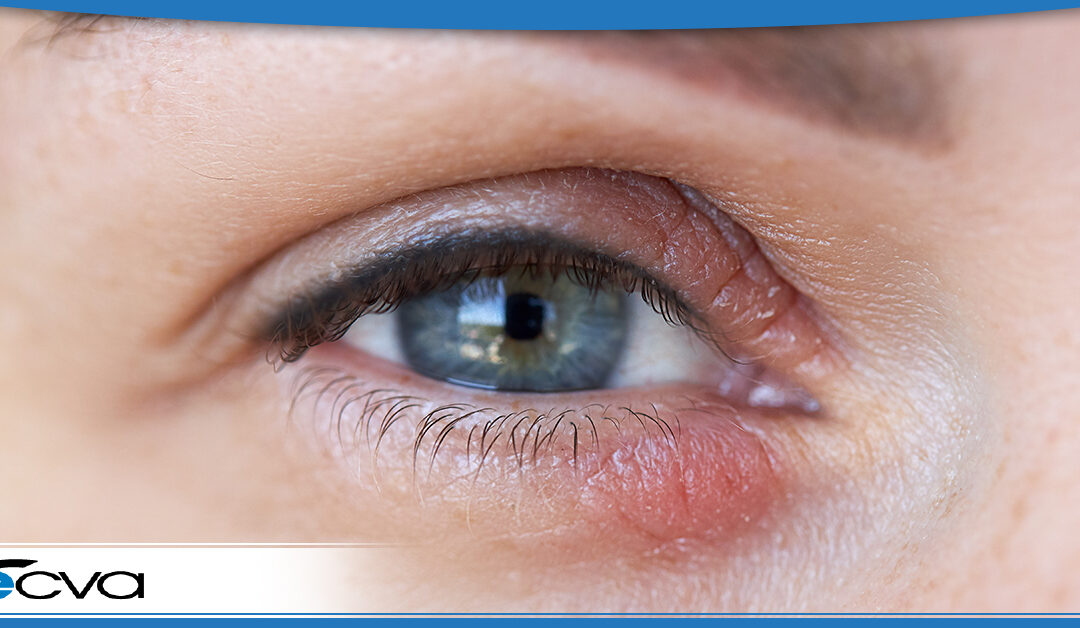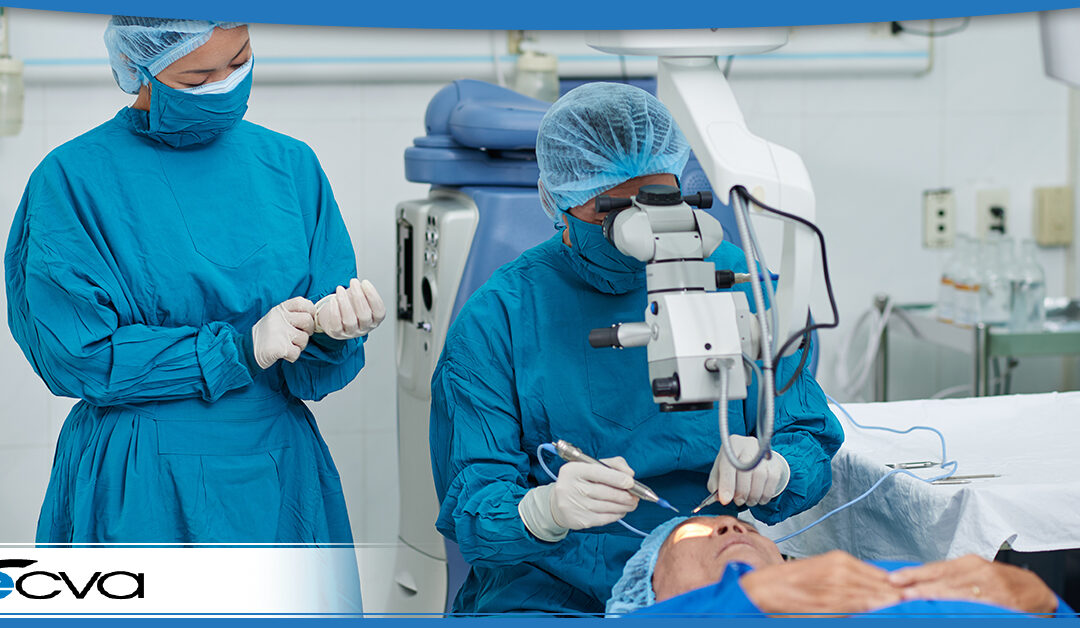
by ecvaeyeadminz | Jun 22, 2023 | Eye Health
Eyelid dermatitis is a form of contact dermatitis, a skin condition that occurs when you come into contact with a triggering substance, such as an allergen, dust, or irritating chemical. After contact, the eyelid experiences a reaction, leading to various...
by ecvaeyeadminz | Jun 22, 2023 | Cataracts
Myths persist about cataract surgery, even though it’s one of the most common and safest medical procedures in the United States. It makes sense, though; anytime we think about surgery, it’s frightening, but to consider an eye operation is even more daunting. Yet...

by ecvaeyeadminz | Jun 7, 2023 | Cataracts
Whether you recently learned that you have cataracts and want to prepare or are getting ready for cataract surgery, understanding your out-of-pocket costs is essential. The most common question for those with insurance is whether their policy covers cataract surgery....



